Reach out to NSNCT in Bergen and Tromsø
Inndalsveien 28, 5063 Bergen
Grønnegata, 9008 Tromsø
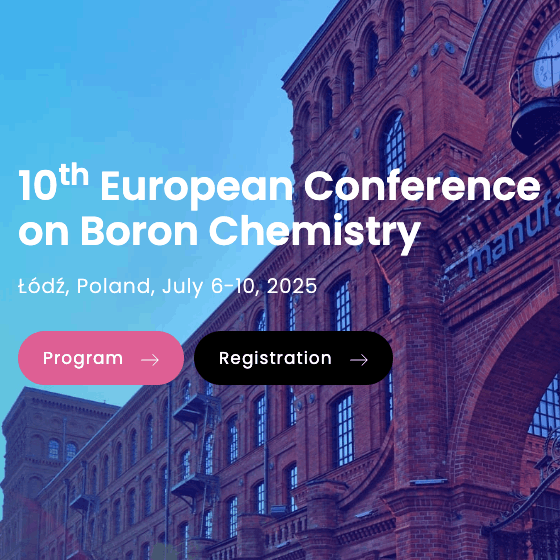
10th European Conference on Boron Chemistry (Euroboron10)
06-10 July 2025
Łódź, Poland
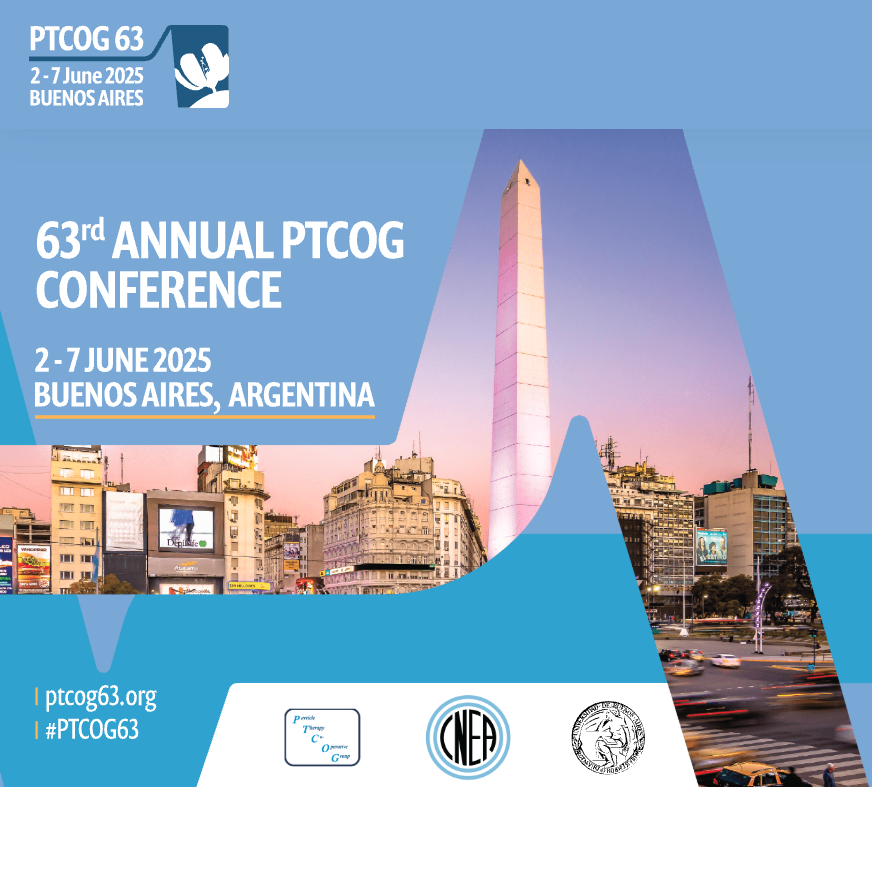
63rd Annual Conference of the Particle Therapy Cooperative Group (PTCOG)
02-07 June 2025
Buenos Aires, Argentina
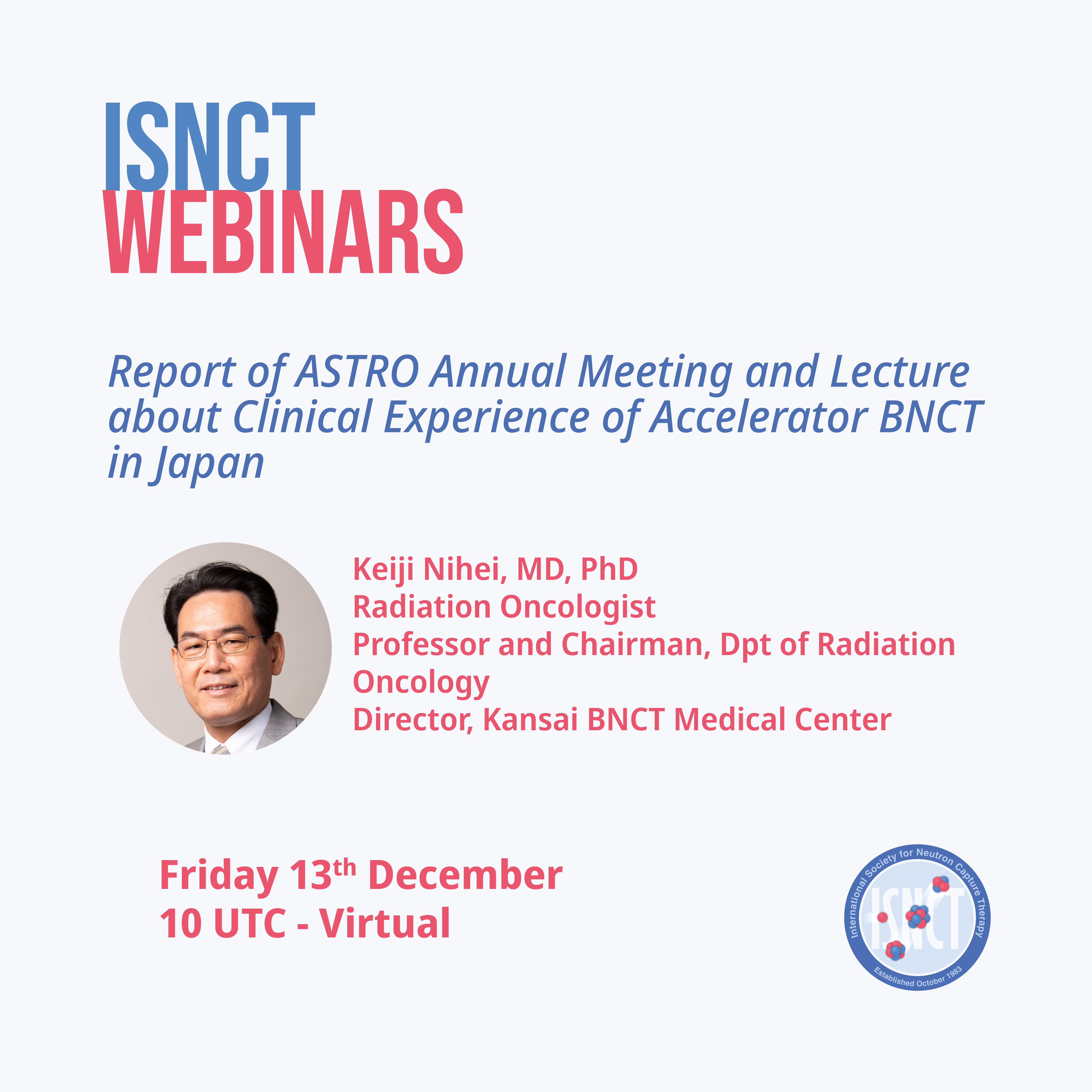
Webinar of the ISNCT –
"Report of ASTRO Annual Meeting and Lecture on Clinical Experience of Accelerator BNCT in Japan"
by Prof. Keiji Nihei, MD, PhD
13 Dec 2024
Online
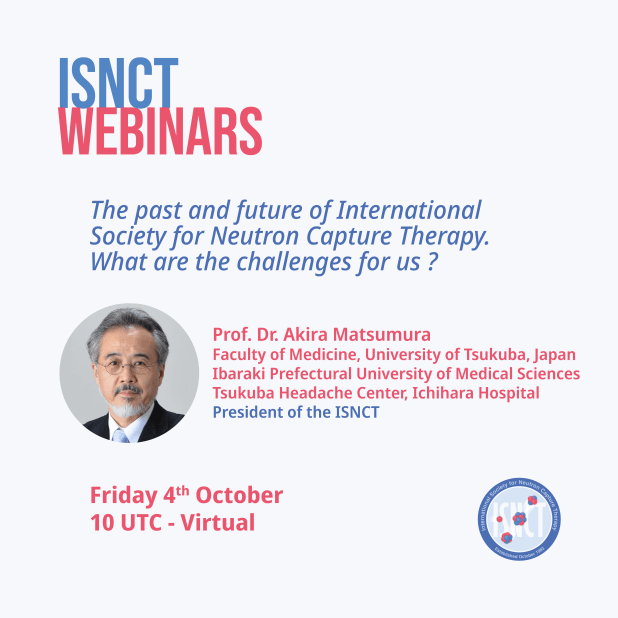
Webinar of the ISNCT –
"The past and future of International Society for Neutron Capture Therapy. What are the challenges for us?"
by Prof. Akira Matsumura, MD, PhD
04 Oct 2024
Online
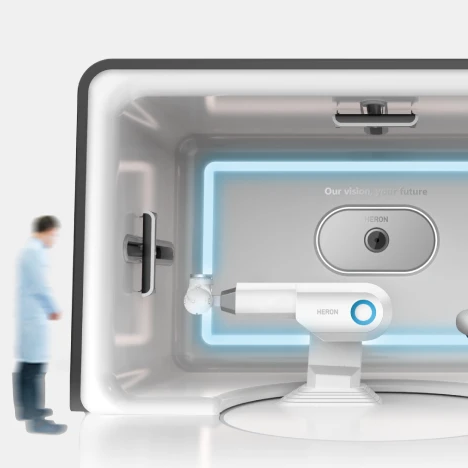
Heron Neutron Medical received a medical device license for its Accelerator-Based Boron Neutron Capture Therapy (AB-BNCT) system
and collaborate with Taipei Veterans General Hospital to initiate a clinical trial for refractory cancers (ref 1, 2)
Nov 2024
Webinar of the ISNCT –
"Perspectives in Boron Neutron Capture Therapy: accelerating a new hope in the fight of cancer"
by Prof. Ignacio Porras
08 Mar 2024
Online
Webinar of the ISNCT –
"Personal experience during the clinical commissioning of a BNCT facility and future prospects"
by Dr. Naonori Hu
01 Dec 2023
Online
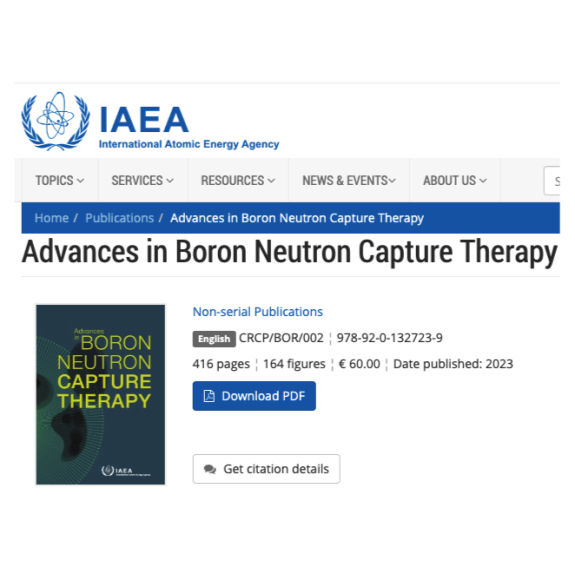
Book: “Advances in Boron Neutron Capture Therapy”
published by the International Atomic Energy Agency (IAEA)
News Repository
More presentations and interviews on ISNCT YouTube channel
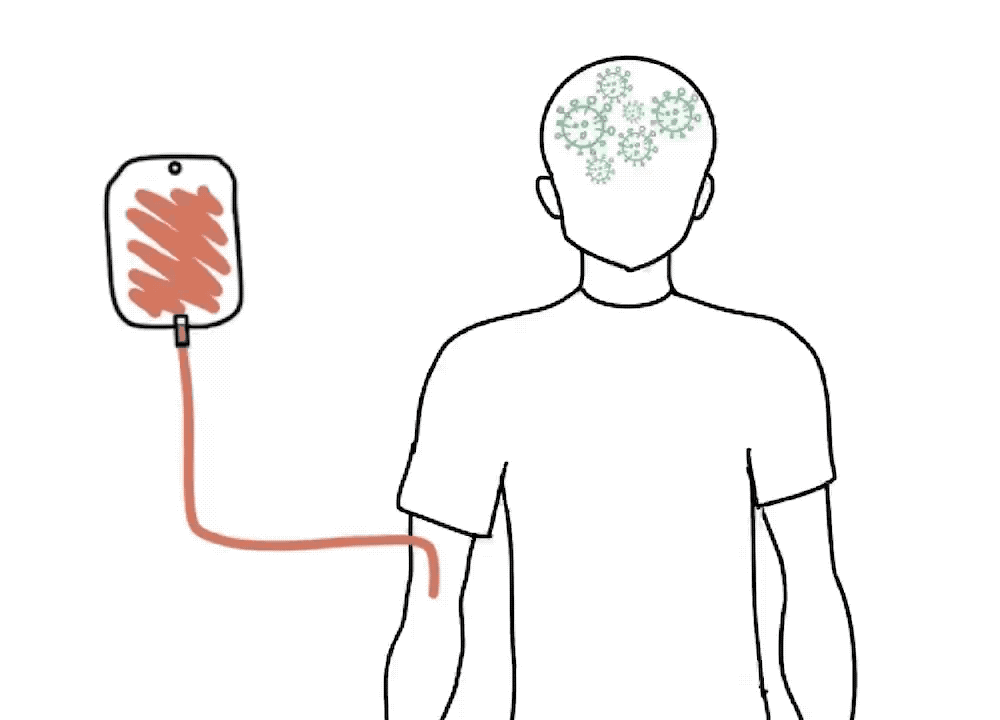
The patient is given a compound containing Boron-10.
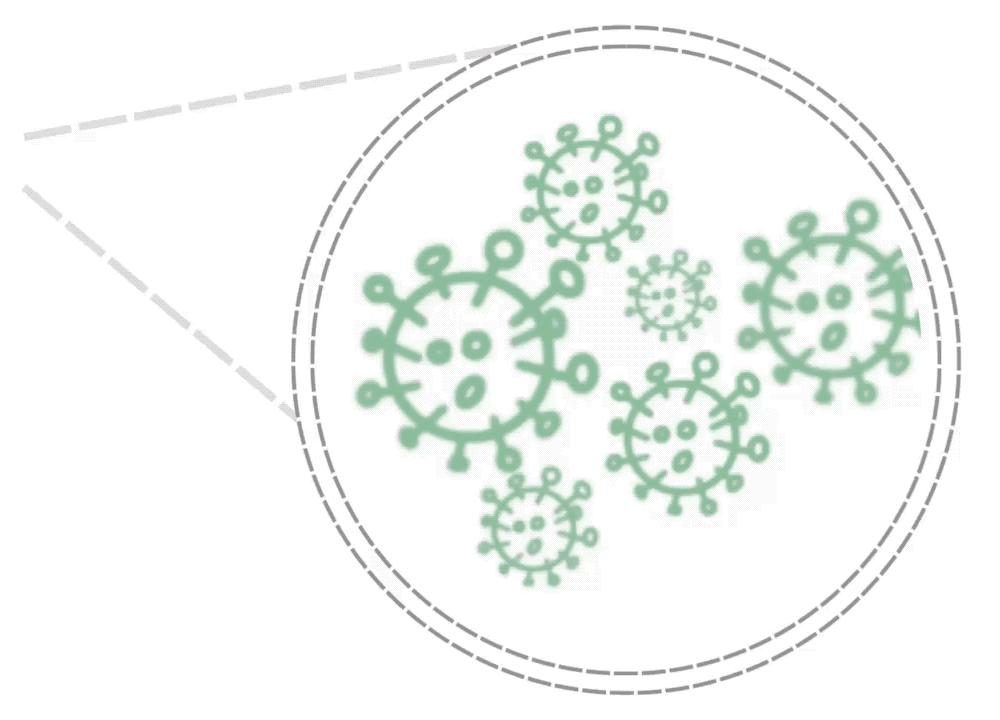
The cancer cells absorb the compound.
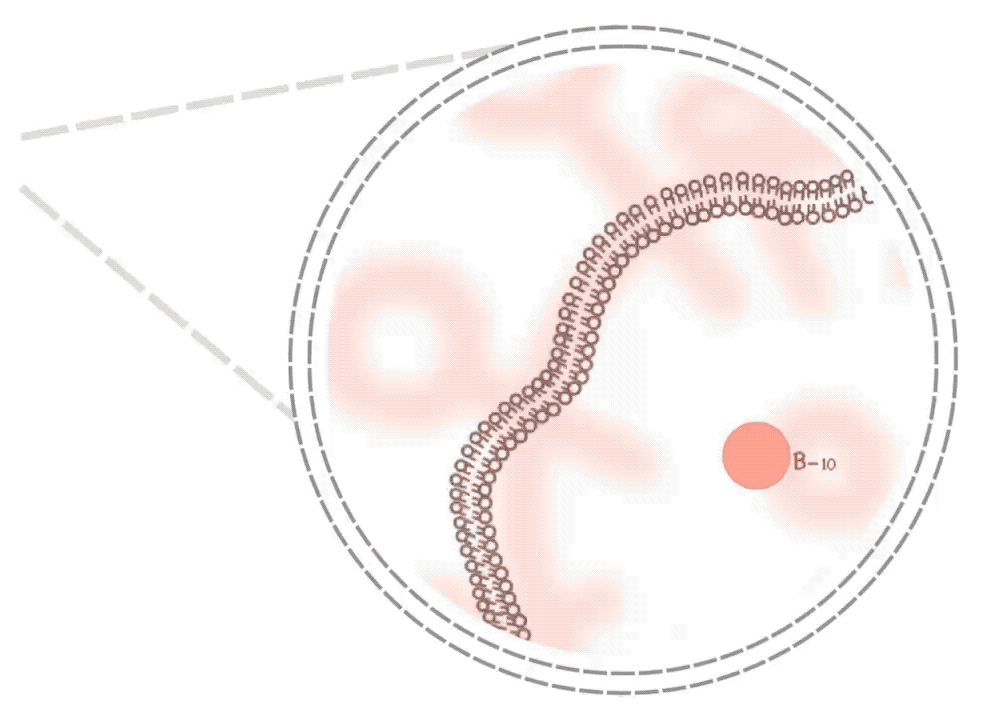
The patient is exposed to a beam of neutrons. Neutron-boron interaction initiates a nuclear reaction that releases high-energy particles, which travel up to 10 microns.
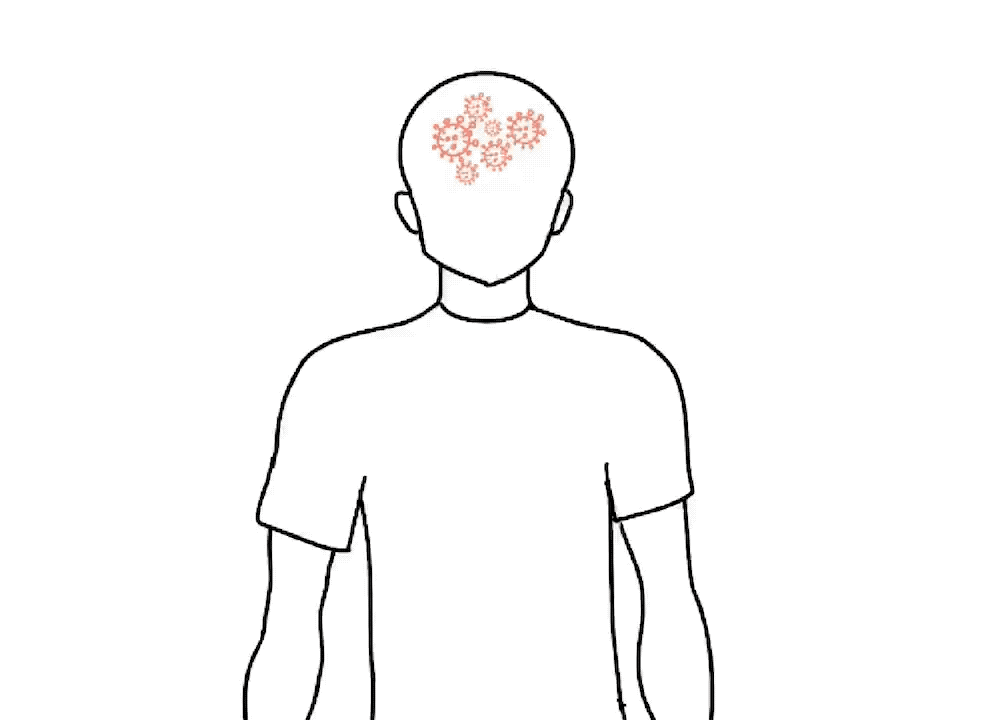
Subsequently, these particles cause damage to the cancer cells.
An article introducing Boron Neutron Capture Therapy on Teknisk Ukeblad (in Norwegian)
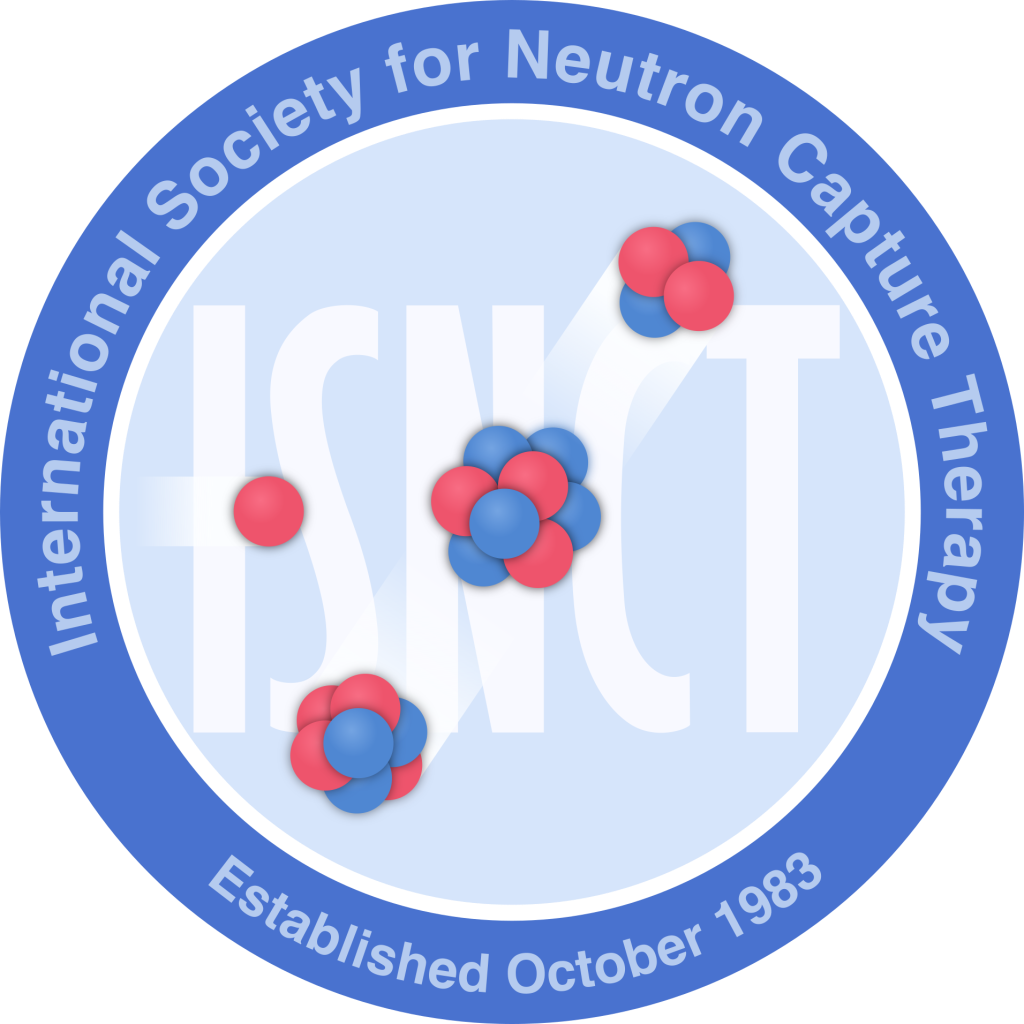
International Society for Neutron Capture Therapy (ISNCT)
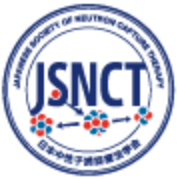
Japanese Society of Neutron Capture Therapy (JSNCT)
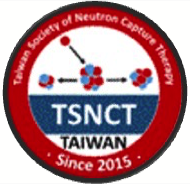
Taiwan Society of Neutron Capture Therapy (TSNCT)
NSNCT aims to promote the progress of science by facilitating interactions and cooperation between clinical medicine, radiobiology, physics, engineering, chemistry, and their related fields. If you wish to become a member, please contact the secretariat (e-mail : post@nsnct.org).
Membership Categories
Inndalsveien 28, 5063 Bergen
Grønnegata, 9008 Tromsø
Norwegian Society for Neutron Capture Therapy
c/o yfch@hvl.no (NSNCT secretariat)
Western Norway University of Applied Sciences
Inndalsveien 28, 5063 Bergen, Norway
e-mail : post@nsnct.org
Neutron capture therapy (NCT) uses neutrons, which are subatomic particles, to target and destroy cancer cells. A patient is given a neutron capture agent which is designed to selectively gather in cancer cells. The patient is then exposed to a beam of neutrons. When the neutrons come into contact with the neutron capture agent in the cancer cells, a nuclear reaction occurs. This nuclear reaction releases energetic particles that travel a distance within 10 microns, which can damage and destroy the cancer cells. Normal, healthy cells are less affected because they don't have as much of the capture agent. The goal of neutron capture therapy is to concentrate the destructive power in the tumour while sparing the surrounding healthy tissue as much as possible. It's a type of targeted therapy, aiming to minimise damage to normal cells and reduce side effects compared to other forms of cancer treatment.
The Norwegian Society for Neutron Capture Therapy (NSNCT) is a multidisciplinary, non-profit, and professional association dedicated to advancing Neutron Capture Therapy (NCT) as both a cancer treatment procedure and a tool for managing specific diseases. NSNCT's purpose is to help promote and develop NCT in various scientific areas, including synthetic and analytical chemistry, neutron source technology, medical physics and biophysics, radiobiology, and the clinical applications of NCT. NSNCT actively fosters communication and collaboration among scientists and individuals worldwide who are engaged in NCT-related activities. NSNCT also facilitates disseminating accurate scientific information about NCT, raising awareness of research findings, establishing connections with other professional societies and relevant international organisations, and undertaking other initiatives as deemed appropriate to advance the field.
International Society for Neutron Capture Therapy (ISNCT)
Japanese Society of Neutron Capture Therapy (JSNCT)
Taiwan Society of Neutron Capture Therapy (TSNCT)
German Society of Boron Neutron Capture Therapy (DGBNCT)
If you wish to become a member, please contact the secretariat. e-mail : post@nsnct.org
10th European Conference on Boron Chemistry (Euroboron10). 06-10 July 2025. Łódź, Poland.
Webinar of the ISNCT – Prof. Akira Matsumura. 04 Oct 2024.
Webinar of the ISNCT – Prof. Keiji Nihei. 13 Dec 2024.
Publication of “Advances in Boron Neutron Capture Therapy” by the International Atomic Energy Agency (IAEA) (2023).